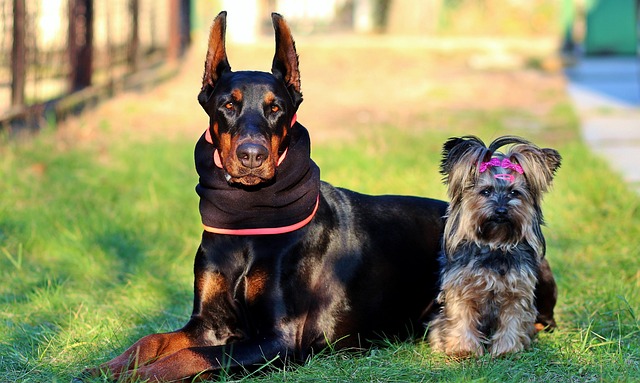
How can I tell if my dog's heatstroke is serious
Let’s be real: It’s a sticky August morning in Los Angeles, and you took your 2-year-old Golden Retriever, Max, for a walk a little later than usual
If you’re new to dog parenting, you’ve probably glanced at their water bowl a few times, thinking, “Do they drink enough?” Last fall, my cousin Maria had that exact thought about her 2-year-old husky, Koda. Koda had always been a picky drinker, but after three days of barely sipping, he started vomiting and refusing walks. The vet diagnosed moderate dehydration, a scare Maria could’ve avoided if she’d known the warning signs. Knowing when to worry about your dog not drinking isn’t just about being cautious—it’s about catching problems before they get serious.
Dogs need water to survive, plain and simple. Their bodies are 60% water, used for everything from flushing toxins to keeping joints lubricated. Unlike humans, who feel thirsty early, dogs often hide dehydration until it’s advanced. Dr. Lopez, a vet in Denver who sees this weekly, explains: “A dog can lose 10% of their body water before showing obvious symptoms, which is dangerous for puppies under 6 months or senior dogs with chronic conditions.” The timeline matters: skipping a meal’s worth of water is normal, but going 24 hours with almost no intake is a red flag. Maria noticed Koda’s urine was dark orange and his gums felt sticky—classic signs she’d dismissed as “just being picky.”
So how do you tell normal from worrying? Watch for these clues: if your dog turns away from their bowl for more than 12 hours, has dry or pale gums, or acts lethargic (no tail wags for their favorite toy), it’s time to act. Try encouraging them first: offer fresh water in a clean bowl, add ice cubes, or mix in a little low-sodium broth (no onions!). If they still refuse, use positive reinforcement—cheer and give a treat when they take even a sip. Never force their head down; fear will make them resist more. For apartment dogs, check if their bowl is near loud appliances or their food—many avoid drinking where they eat, a leftover from wild instincts.

Staying compliant with local rules helps catch issues early. Schedule regular vet check-ups (most states require annual exams to keep vaccines like rabies current), where your vet can track your dog’s hydration habits. When walking in community parks, bring a collapsible bowl and note if they drink less than usual—changes in routine often signal problems. And always pack poop bags; dehydration can make stools harder, but cleaning up is still your responsibility, even on tough days. In cities like Seattle or Boston, failing to clean up after your dog can lead to fines, so staying diligent keeps you and your pup in good standing.
The bottom line? Trust your gut. If your dog’s drinking habits change suddenly, or they show any red flags, call your vet. Koda recovered with IV fluids, but Maria learned to check his bowl twice daily and note changes. For new owners, it’s not about perfection—it’s about noticing the small things, acting when needed, and keeping that water bowl a source of health, not stress.

Let’s be real: It’s a sticky August morning in Los Angeles, and you took your 2-year-old Golden Retriever, Max, for a walk a little later than usual

You're enjoying a summer afternoon at the park when you notice your dog has stopped panting and appears disoriented - their gums are bright red

Let’s paint the picture: You’re in your Denver apartment, watching your 4-year-old Boston Terrier, Ruby, plop down mid-play session with her favorite toy

Many dog owners notice their pets nails seem shorter after regular walks,but how much does this daily activity actually help?The answer depends on where you walk—concrete sidewalks or asphalt streets gently file nails as a dog's paws hit the ground

Most dog owners notice their pup scooting across the carpet at some point, but few connect it to impacted anal glands. These small sacs near a dog’s rectum secrete a scent for marking territory

Most vets agree that regular dog teeth cleaning is key to avoiding painful dental issues later. For healthy adult dogs, a professional cleaning at the vet’s office every 12 to 18 months usually works well.